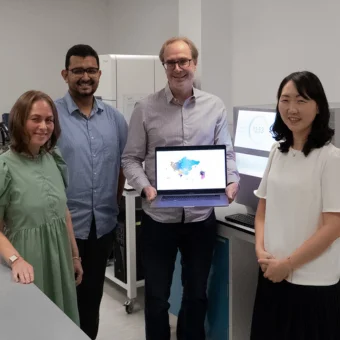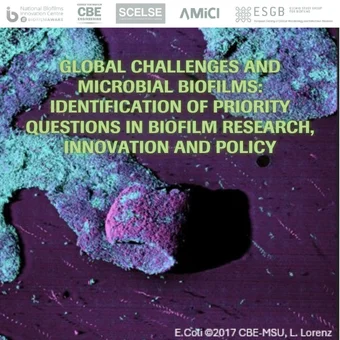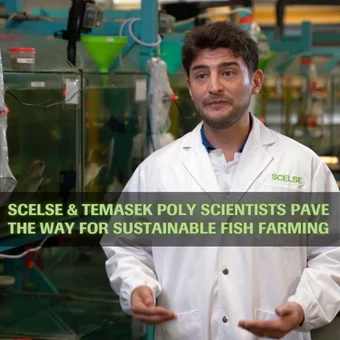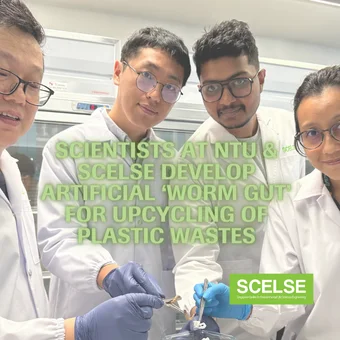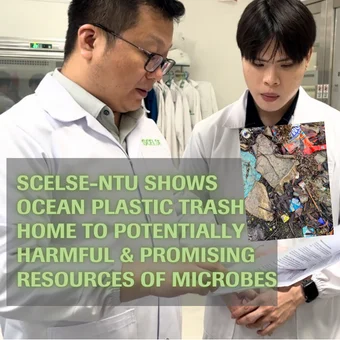Getting to the bottom of uptown COVID-19 clusters

- In the Media
- 04 Jun 2021
With the emergence of a new COVID-19 cluster in the residential area of Hougang Avenue 8 in June, local broadcaster Channel News Asia got to the bottom of an issue of public concern – the possibility of transmission of viruses via wastewater and other systems in a residential estate. In a news highlight, the news team did a quick check in with SCELSE Assoc Prof Janelle Thompson on wastewater monitoring, one current focus of her research.
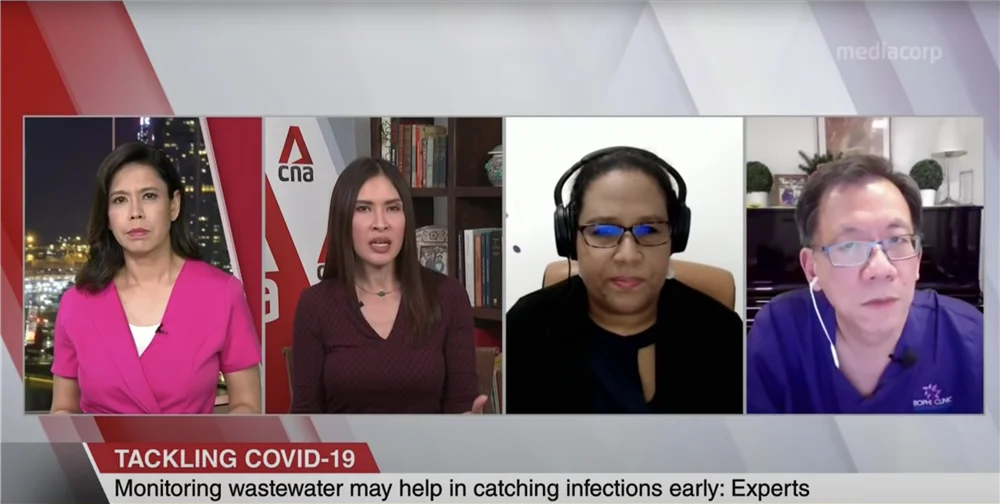
With regard to COVID-19, the approach of wastewater-based surveillance attempts to determine the presence and abundance of SARS-CoV-2 viral RNA material in wastewater. This approach – that is currently also part of an on-going project at SCELSE – could raise alerts to the health authorities early on to any rising spread of infection in a community or locale and the need for quick action to prevent further transmission.
Allaying concerns on the transmission potential of viral fragments of SARS-CoV-2 virus found in wastewater samples of the buildings in the Hougang cluster, A/Prof Thompson affirmed that while wastewater is a transmission route for many infectious diseases, there have been no reports of infectious SARS-CoV 2 virus that can be isolated from wastewater.
“We know from handwashing campaigns that strong detergents are the enemy of these viruses like SARS-CoV-2, they cause them to break apart,” says A/Prof Thompson on the factors that counter the possibility of finding infectious viruses in sewage. “Our guts naturally make strong detergents that are called bile acids that help us digest our food and are excreted with faeces, and wastewater also contains additional detergents from washing. So, inactivation of the SARS-CoV-2 virus by these detergents might explain part of the reason why researchers haven’t found infectious SARS-CoV-2 in wastewater,” A/Prof Thompson explains.
A/Prof Thompson notes that viral fragments may be shed even by those who have recovered from COVID-19 for weeks and not considered to be contagious. “This type of detection doesn’t affect the reading or risk, because getting a signal from the SARS-CoV-2 RNA in the buildings’ wastewater is basically an alert, and it tells you to look more closely at a specific area and then to decide by the available information if more targeted screening is merited to track down potential viral circulation,” reassures A/Prof Thompson.
Interviewed alongside A/Prof Thompson was infectious disease expert Dr Leong Hoe Nam, who put to rest any public concerns about the spread of the virus via wastewater or ventilation systems. “If you look into the toilet bowl, you see a layer of water and that layer of water is your protection from the stink of the waste and that also prevents the virus from coming out,” Dr Leong explains. He attributes the spread instead to human interaction and movement, and the proximity between people in the residential estate.
For more expert insights into the possible – and the unlikely – factors for transmission in the COVID-19 cluster, listen in on the news coverage here.
